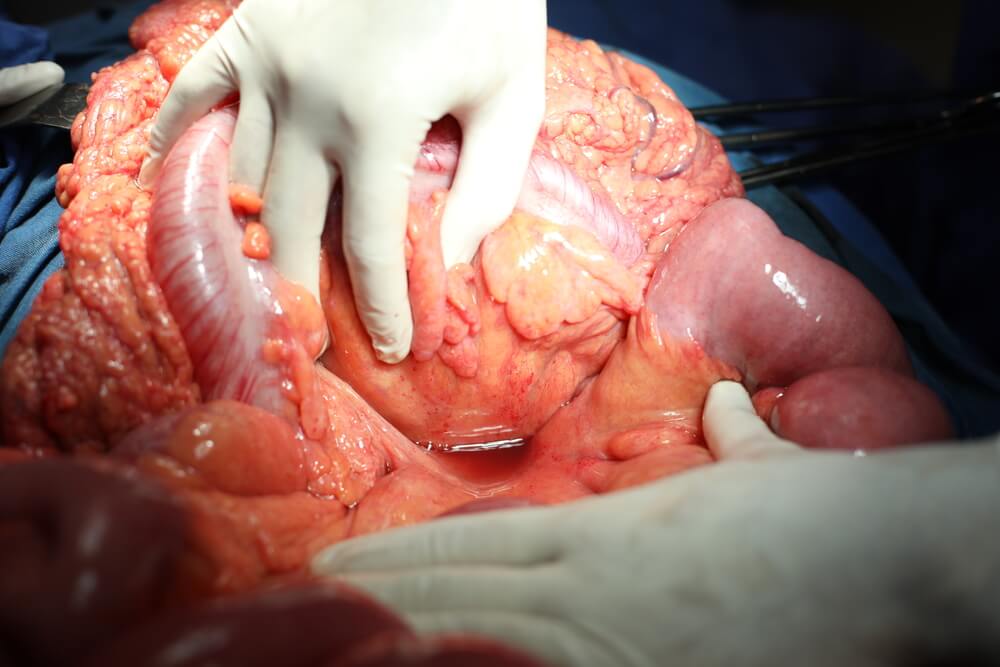
Advanced Procedures for Pancreatic Pseudocysts in Colorado
The Precision Care You Need for Your Recovery
Pancreatic pseudocysts can be a challenging condition to manage, but with the right experts on your side, effective treatment is within reach. At Rocky Mountain Gastroenterology, we offer comprehensive, minimally invasive procedures tailored to address pancreatic pseudocysts cysts safely and effectively. As Colorado’s largest network of GI practitioners, we’ve seen firsthand how this condition can impact patients and their families, and we’re dedicated to providing compassionate care that addresses both the physical and emotional aspects of treatment.
Whether coming to us for an initial diagnosis or in need of a second opinion, we take pride in helping Colorado residents regain their health and well-being through world-class care. Explore the risk factors of pancreatic pseudocysts and discover how RMG can help.
Understanding Pancreatic Pseudocysts
Pancreatic pseudocysts are fluid-filled pockets that form in the pancreas, a gland behind the stomach that produces digestive enzymes and insulin. These pockets, typically filled with blood, enzymes, and other fluid substances, can often be benign and may resolve on their own, but others can lead to serious health complications if left unchecked. It’s essential to seek medical attention if you experience any of these symptoms, ranging from:
- Abdominal Pain
- Nausea and Vomiting
- Full or Bloated Sensation in the Abdomen
- Loss of Appetite
- Weight Loss
- Jaundice (yellowing of the skin and eyes)
While anyone is susceptible to pancreatic pseudocysts, they are most commonly diagnosed in individuals with a history of pancreatitis – a condition of inflammation in the pancreas. Other risk factors for developing pseudocysts may include excessive alcohol consumption, gallstones, and abdominal injuries. If you’re experiencing any of these symptoms or at risk for developing this condition, it’s highly advisable to consult with our healthcare providers for a proper diagnosis and health assessment.
Diagnosing Pancreatic Pseudocysts
Our experienced healthcare professionals utilize state-of-the-art diagnostic methods that identify the presence of pseudocysts in the pancreas with pinpoint accuracy. During your initial visit, we’ll review your medical history, conduct a physical examination, and take blood samples to check for elevated pancreatic enzyme levels. Our medical staff may conduct ultrasound imaging, MRI tests, or CT scans to view and monitor the affected internal area of the body in real-time.
If your diagnosis calls for further care, we’ll work closely with you to develop a personalized treatment plan tailored to manage your unique condition. Our approach will encompass the latest medical advancements and a thoughtful perspective aimed at your optimal recovery.
When Intervention & Treatment Is Essential
Targeted medical treatment for pancreatic pseudocysts may be needed when symptoms become disruptive or complications arise, such as infections, severe pain, or if the pseudocyst ruptures. At RMG, we leverage the latest advancements in treatment methods to deliver precision care for your recovery from pancreatic pseudocysts. Draining the pseudocyst through endoscopic techniques is a minimally invasive and highly favored form of treatment among both patients and healthcare providers, but for more severe cases, we may recommend one of the following surgical procedures to address and effectively treat your condition:
- Cystogastrostomy – This minimally invasive surgical procedure is aimed at draining pancreatic pseudocysts into the stomach. This procedure is performed laparoscopically, using small incisions and specialized instruments to access and drain the cyst.
- Cystjejunostomy – Cystjejunostomy is a similar procedure that drains the pseudocyst into the small intestine instead of the stomach. This may be recommended in cases where blockage or narrowing of the digestive tract prevents drainage into the stomach.
- Cystduodenostomy – Cystduodenostomy is another option for draining a pancreatic pseudocyst into the small intestine. This procedure involves creating an opening between the cyst and the duodenum, the first part of the small intestine.
Choose Compassionate Care. Choose Excellence. Choose RMG.
If you’re struggling with a pancreatic pseudocyst, it’s time to partner with healthcare providers that specialize in state-of-the-art gastrointestinal care. Reach out to our medical staff at Rocky Mountain Gastroenterology to discuss the array of treatment options designed specifically to address symptomatic pseudocysts and acute or chronic pancreatitis. Our team of GI practitioners commits every effort toward providing Colorado patients with the care they need to overcome pancreatic complications. Contact us today to request an appointment at one of our many convenient locations throughout the Rocky Mountain region.
Go back